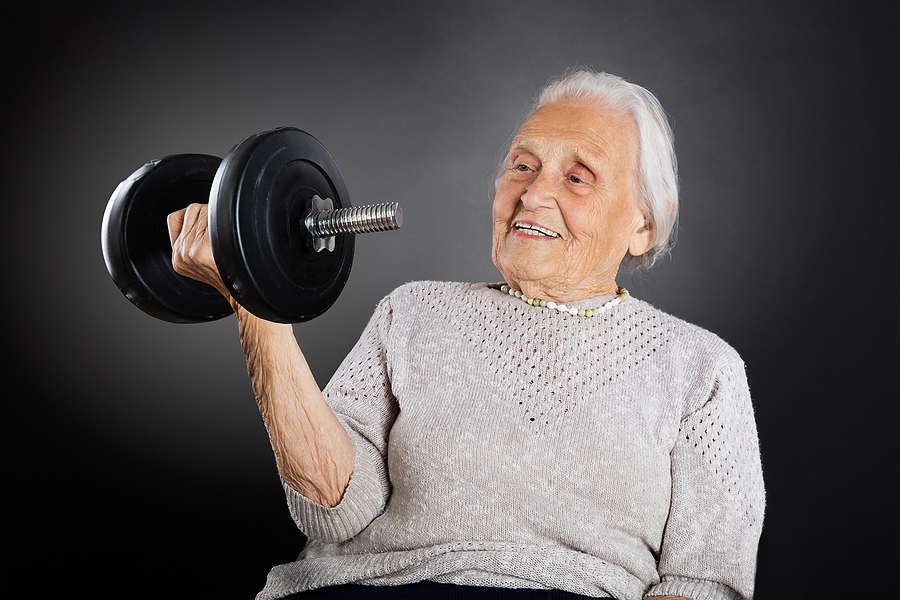A breakthrough study has shown that metabolism stays stable between the ages of 20 and 60 and doesn’t start to dip until our 60s.
That drop-off also happens slowly, at 0.7% per year.
Until now, medical information has run the line that from about age 30 losing weight gets harder because our metabolism is slowing.
But this study suggests that middle-age spread is about lifestyle and hormonal changes rather than metabolism.
Previous large-scale studies on metabolism have only been able to measure the body’s basic energy functions, i.e. what we use for breathing, digesting, pumping blood and so on. Of course, we do more than that.
It’s been possible to calculate a more complete estimate of daily energy expenditure using a urine testing method, but until now that’s only been carried out in a minor way because it’s so expensive.
The latest findings came about because researchers from 29 countries collaborated to pool their results using this technique. Lots of labs contributed small amounts of information to create a database of over 6000 people — males and females aged between 8 days and 95 years — giving us the best information we’ve ever had on this.
Although the metabolic slow-down happens later than we thought, and the drop-off happens gradually, it still has implications for our lifestyles post-60.
The slow-down is due to the effect of ageing on our cells. In part it reflects the tendency for muscle loss and fat gain. To counter that we need to find a regular form of exercise that builds strength.
As much as activities like walking, biking or swimming contribute somewhat to that — depending on how much and how vigorously we do them — their main benefit is to our stamina and cardiovascular health.
There’s an element of strength in yoga as well, though yoga is more likely to tick the stability and mobility boxes.
And all of them can make an invaluable contribution to our mental health.
But to maintain or build muscle tissue we need to pull, push and lift against weight or resistance, preferably the most we can manage.
Pushing into a hill to walk up it, pulling your arms through the water, pushing the pedals of your bike, or pressing your feet and legs into the floor in a warrior pose can come under that umbrella, but you may need more — such as exercise with weights, bands or your body weight a couple of times a week.
The other implication of a slowing metabolism is that by the time we’re in our 90s we need to eat and drink around 25% fewer calories than in our 50s to 60s.
As our energy needs reduce, it makes sense that we have to be more selective about what we eat and, at least most of the time, opt for nutrient-rich foods that will contribute to cell repair and maintenance.
If we do that we’ll avoid most high carbohydrate foods because their main job is to provide energy.
In sum, a slower metabolism with age is a fact of life, but there’s plenty we can do to ensure that we stay healthy, mobile and able to live full lives.
Photo Source: Bigstock

